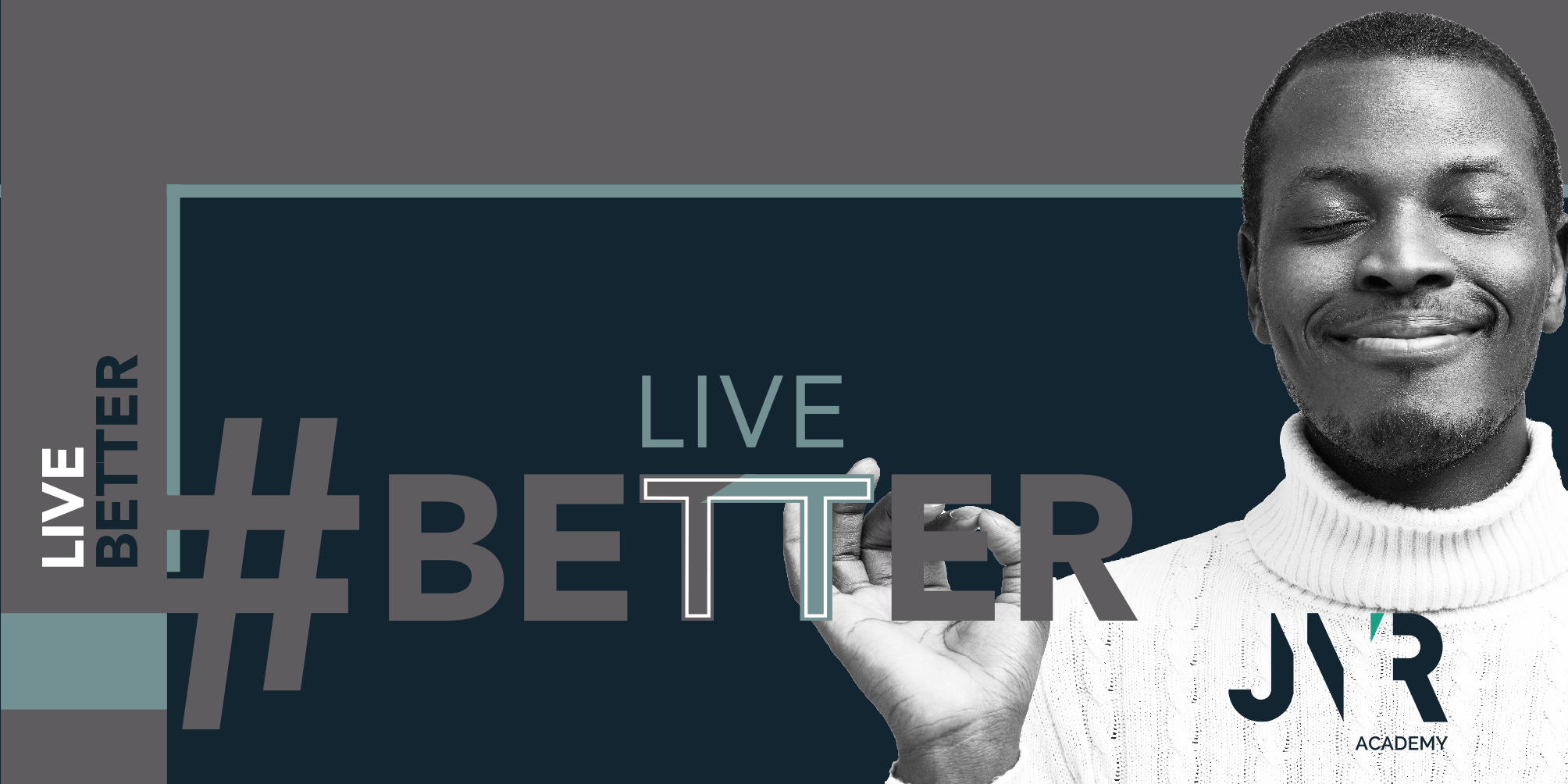A story about what happens when good intentions don’t go deep enough.
When Lindiwe joined her new company, she was impressed by how much it seemed to care about employee wellbeing. There was a meditation app subscription, a monthly “Wellness Wednesday”, and even a smoothie bar in the staff cafeteria.
After only three months, Lindiwe found herself dreading Mondays. The work pace was relentless, deadlines unrealistic, and her manager had a habit of emailing at 10 p.m. Despite the cheerful wellness posters lining the office walls, she felt anxious and exhausted.
“I don’t need smoothies”, she told a colleague one afternoon, “I need someone to notice that I’m drowning.”
Lindiwe’s story is not unusual. Many organisations mean well. They want to show employees that they care, but their wellness programmes stay on the surface without having any positive impact.
A recent TimesLIVE report (2025) revealed that most South Africans are not coping mentally, even though more companies than ever are investing in wellbeing initiatives. The SA Journal of Industrial Psychology echoes this, noting that too many interventions focus on activities rather than the systemic conditions that create stress in the first place.
When good intentions fall flat
A wellness day, a yoga class, or a mindfulness challenge can certainly provide moments of relief. But when employees return to crushing workloads, rigid hierarchies, or toxic cultures, the positive effects quickly evaporate.
Wellbeing cannot be separated from how work is designed — from leadership behaviour, communication norms, and fairness in workload distribution. If these deeper factors remain untouched, wellness initiatives risk becoming symbolic rather than transformative.
In fact, when employees see superficial gestures while the real issues remain unaddressed, trust can erode. It starts to feel like what some call “wellbeing washing”, where the message is caring, but the experience is pressure.
The move toward personalised wellbeing
Fortunately, a quiet revolution is taking place in the world of workplace wellbeing. As Wellbeing People (2025) highlight, organisations are beginning to understand that wellbeing is not a uniform experience.
Different people need different things:
A new graduate might crave mentorship and belonging.
A parent juggling hybrid work and childcare might need flexibility and understanding.
A mid-career leader may be struggling silently with burnout.
A neurodivergent employee might need a workspace that accommodates focus and calm.
Wellbeing is socially and contextually shaped (Krahn et al., 2021). This means that people’s mental health at work depends on the environment they are in, the relationships they have, and how safe they feel to show up as themselves.
In short: there is no one formula. There are only people, each with unique needs, pressures, and lives beyond the office.
From programme to culture
The most forward-thinking organisations are realising that wellbeing cannot be scheduled. It must rather be designed into the culture.
They start by listening deeply to what their people need. Not through annual surveys alone, but through regular check-ins, honest conversations, and feedback that feels safe to give.
They train leaders to recognise signs of distress, to have open conversations about boundaries and stress, and to model healthy behaviour themselves.
They redesign work, examining whether roles are realistic, whether people have autonomy, and whether fairness and recognition are truly practiced.
They offer choice — flexible, inclusive options that meet people where they are, rather than assuming everyone fits the same mould.
The courage to care authentically
Authentic wellbeing requires courage to move past optics and address the deeper, sometimes uncomfortable truths about how work happens.
As Wellbeing People observe, the most effective wellbeing strategies are not about adding more activities. They are about creating an environment where people feel seen, valued, and supported to be at their best.
When organisations do this, wellbeing stops being a side project and becomes part of how success is defined.
In the end, Lindiwe (and every employee like her) doesn’t need another wellness challenge. She needs a workplace that listens, adapts, and truly cares.
References
Krahn, G.L. et. al. (2021, October). It's time to reconsider how we define health: Perspective from disability and chronic condition. Disability and Health Journal, 14(4). https://www.sciencedirect.com/science/article/pii/S1936657421000753
TimesLIVE (2025, March 16). Most South Africans are not coping mentally. https://www.sundaytimes.timeslive.co.za/sunday-times/lifestyle/health-and-sex/2025-03-19-most-south-africans-are-not-coping-mentally/
Wellbeing People (2025). Five workplace wellbeing trends for 2026. https://wellbeingpeople.com/workplace-wellbeing/5-workplace-wellbeing-trends-for-2026/2025/
Share this post
Newsletter
Get up-to-date industry news right in your inbox



